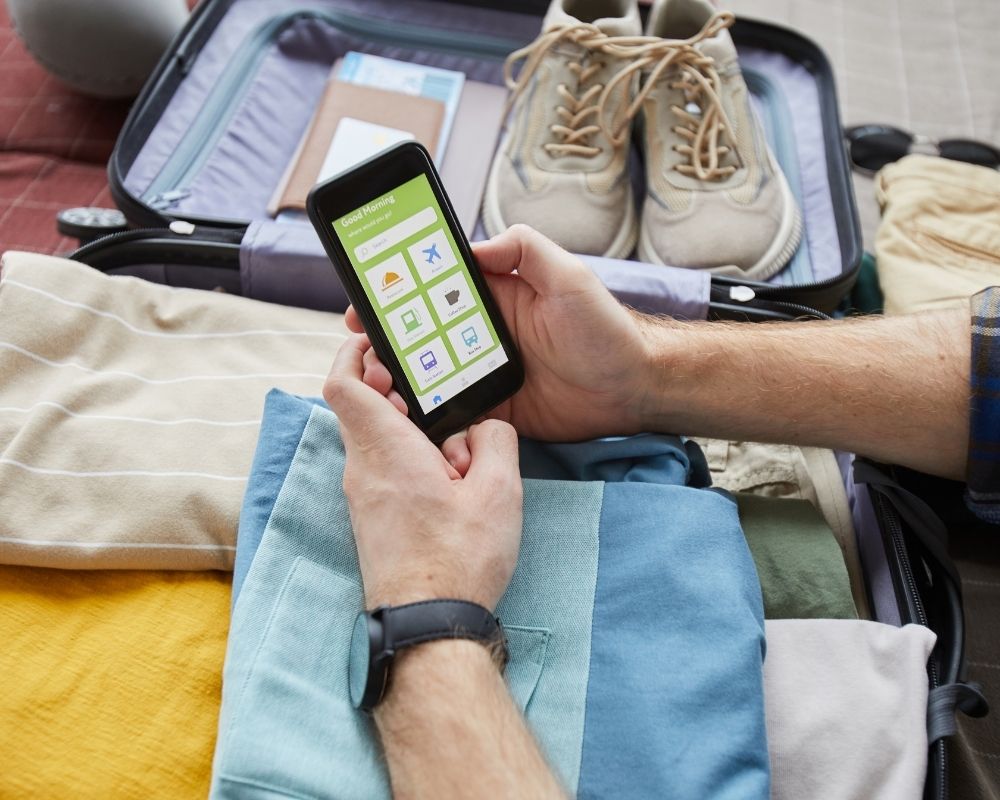- Who We Are
- What We Do
- Success Stories
- Careers
- News & Events
- Contact us

Ever since the coronavirus pandemic started to ravage countries all over the world, the air transport industry has been among the most severely affected sectors. The entire travel industry lay dormant, with all travel destinations closed as part of lockdowns and social distancing protocols. While major countries and industries have started recovering from the economic aftermath of the pandemic, the future still remains uncertain as to how fast these industries are able to bounce back to their former status. Let’s explore what this new reality might mean for airlines, airports, and passengers.
The New Normal
Like any other industry in the world today, the airline industry faces a new challenge, which is addressing the fear of international travel that’s currently hanging over many people. Airlines will have to double their effort to bring customer confidence. Advertising campaigns and marketing materials will have to focus on safety even more than before, with additional sanitation and social distancing measures in place.
Embracing New Innovations for Queue Management
One way forward would perhaps be the implementation of more effective queue management considering the social distancing protocols that are in place. This is something that airports and airlines have been looking into for a while now, even before the pandemic started. However, the need for this kind of solution is more critical than ever. Reducing wait times and optimising passenger experience should now be a priority.
For instance, earlier this year, Delta Air Lines launched a virtual queueing feature for boarding passengers on its Fly Delta app. This feature notifies passengers when their seat is boarding. No need to worry about queueing unnecessarily before your flight.
Similarly, Gatwick airport was also able to optimise their boarding technique in partnership with easyJet in a bid to avoid queues and congestion at gates. Over a two-month period, they trialled boarding by seat number and employed the use of digital screens to show passengers the order to board. Possible sequences include seating people from the back row to the front with window seats first, middle seats next, and aisle seats last.
By communicating with the passengers better, these new innovations can effectively reduce boarding times and even eliminate long queues of passengers waiting to be boarded. The entire boarding process could be more relaxing and safer for passengers as they no longer feel the need to queue behind long lines. They can just relax and wander around while waiting for their turn.
The Importance of Automation
Etihad Airways has announced that it will be trialling a range of contactless, self-service technologies. These new technologies can estimate a passenger’s vital signs and allow for touchless, virtual health screenings at airport kiosks and bag drops.
Some airports are also considering the placement of thermal imaging cameras and sensors to capture body temperature smoothly during check-in and immigration checks. Perhaps technology already implemented in airport terminals to spot terrorism threats, including advanced CCTV and surveillance platforms, could be adapted to spot passengers who are indicating potential illness symptoms.
Conclusion
While it’s still difficult to predict passenger trends and behaviours right now that travel is still restricted in most regions, it’s a good sign that airports are already planning ahead. Anticipating these changes and using new technologies will help the air travel industry get to some semblance of normalcy at a much quicker rate.
Informatics is a pioneer in IT software, infrastructure solutions and services. We have been a key contributor to the sustainable growth of numerous local and international organisations because of our state-of-the-art services. From custom software development to e-government software solutions, Informatics services have been empowering progress for 38 years. Contact us today for more information about our services.
Written by Daniele Paoletti
